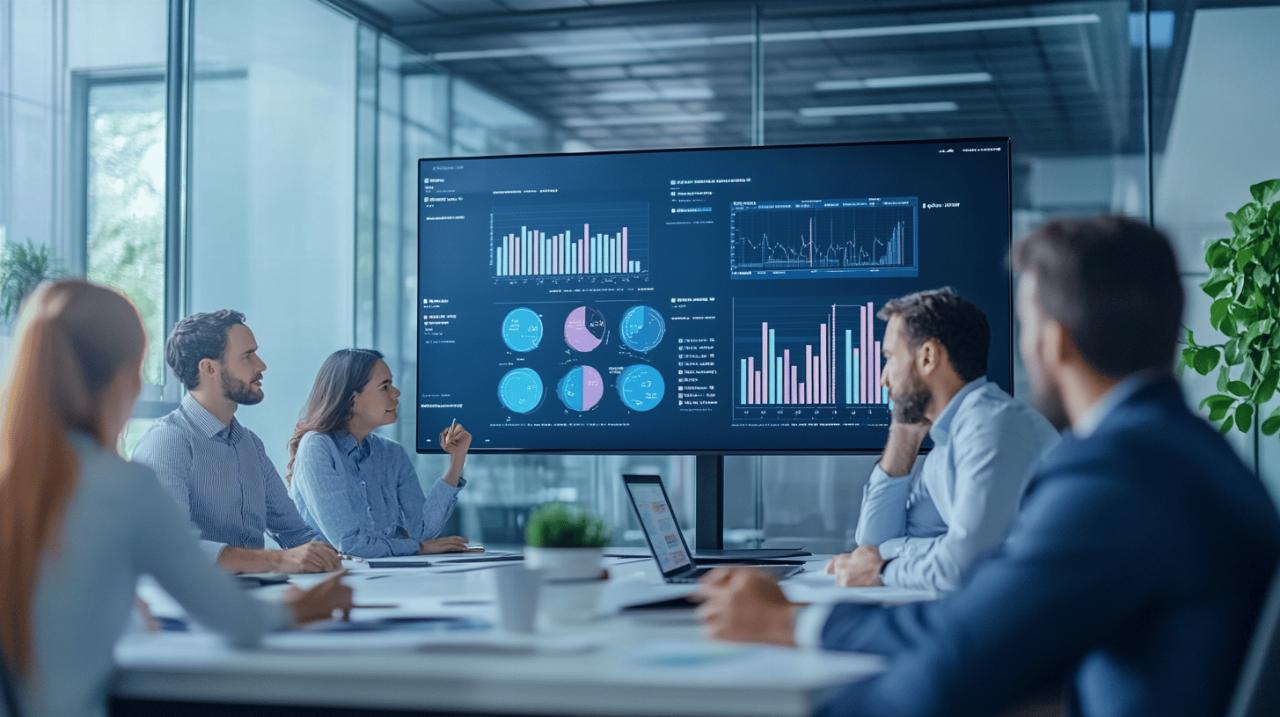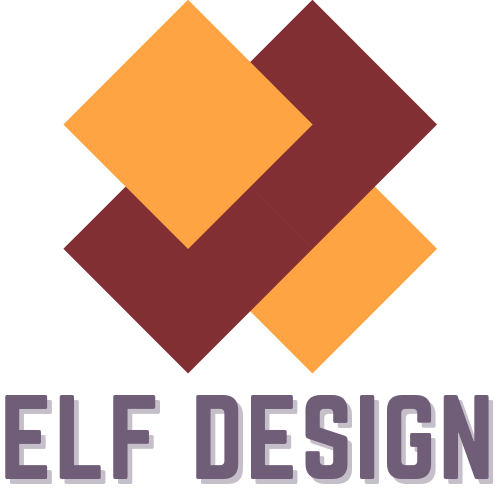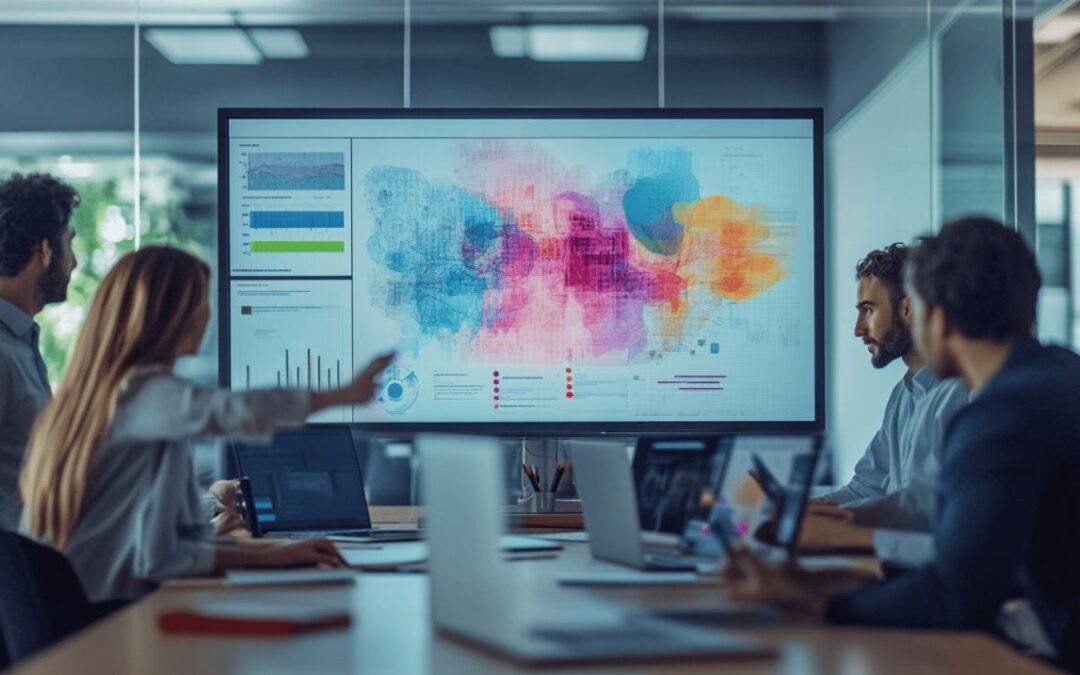Visual heat maps have revolutionized retail analytics by providing unprecedented insights into customer behavior patterns, enabling B2C stores to strategically enhance their conversion rates through data-driven decisions. These powerful visualization tools translate complex user interaction data into intuitive color-coded representations that reveal exactly how customers engage with both physical and digital retail environments.
Understanding visual heat maps for retail analytics
Visual heat maps serve as graphical representations of user activity in retail environments, using color gradients to highlight areas of high engagement (typically red/orange) versus areas of minimal interaction (blue/transparent). This technology has become essential for retailers seeking to optimize their conversion funnel by identifying exactly where customers focus their attention and how they navigate through the shopping experience.
Decoding customer behavior through color-coded data visualization
Heat map technology transforms raw customer interaction data into actionable insights through sophisticated color-coding systems. These visualizations capture crucial metrics like dwell time, click patterns, scroll depth, and product interactions. Studies show that companies implementing heat map analysis experience an average 20% increase in conversion rates. For example, Columbia Sportswear achieved a remarkable 25% increase in conversions simply by relocating their Add to Cart button closer to product images after heat map data revealed 70% of users clicked on product images rather than the button itself. These visual insights are particularly valuable for access https://puntolog.com/ where you can find comprehensive resources on optimizing retail analytics for improved conversion rates.
Types of heat maps and their specific applications in B2C environments
Several distinct heat map varieties serve specific analytical purposes in B2C retail. Click maps track where users click most frequently, helping optimize call-to-action placement. Scroll maps reveal how far down pages customers typically venture, guiding content prioritization. Link maps identify which navigational elements receive the most interaction. Move or hover maps capture cursor movements to understand pre-click behavior patterns. Each type addresses different aspects of the customer journey – Taskworld leveraged click map insights to fix a minor design flaw, resulting in a 40% conversion increase, while ASOS reduced cart abandonment by 25% by simplifying their checkout process based on heat map analysis. Mizzen+Main similarly achieved a 39% increase in add-to-cart clicks and 4% decrease in cart abandonment through strategic modifications informed by heat map data.
Implementing heat map insights to transform store layout
Visual heat maps represent a powerful tool for B2C stores seeking to boost conversion rates through data-driven layout optimization. These graphical representations use color-coding to visualize customer behavior, with red areas indicating high activity and blue showing lower engagement. Research shows that businesses implementing heat map analysis experience an average 20% increase in conversion rates, with some seeing improvements of up to 30%.
Heat maps track crucial metrics like customer dwell time, product interaction patterns, and foot traffic flow throughout your store. By analyzing this data, retailers can make strategic decisions about store layout, product placement, and staffing allocations to maximize sales opportunities. The technology behind retail heat maps combines sophisticated data analytics, behavioral science, and spatial analysis to deliver actionable insights.
Strategic product placement based on customer attention patterns
Eye-tracking studies reveal that customers follow predictable viewing patterns when browsing both physical and digital stores. Nielsen Norman Group research found that 57% of users look at the top-left corner of a page first, while product images capture 60% of viewer attention on product pages. By positioning high-margin or promotional items in these naturally high-attention zones, retailers can significantly increase conversion potential.
Columbia Sportswear exemplifies the power of strategic placement, achieving a 25% increase in conversions simply by moving their Add to Cart button closer to product images after heat map data showed 70% of users clicking on product images versus 30% on the button. Similarly, ASOS boosted conversions by 12% by simplifying product descriptions based on customer attention patterns. These examples demonstrate how small adjustments informed by heat map data can yield substantial revenue gains.
Creating data-driven pathways to guide shoppers toward high-conversion zones
Heat map analysis enables retailers to identify natural customer flow patterns and optimize store layouts accordingly. By understanding where shoppers naturally pause, turn, or bypass entirely, store designers can create intuitive pathways that guide customers toward high-value merchandise and promotional areas. Heat maps reveal friction points that disrupt the shopping journey, allowing retailers to streamline these pathways for maximum engagement.
Walmart leveraged heat map insights to redesign their checkout process, resulting in a 10% decrease in cart abandonment. Heat map technology also helps optimize staffing placement by showing where customers spend the most time or exhibit signs of confusion. This data-driven approach allows retailers to position associates strategically to assist customers at critical decision points, further enhancing conversion opportunities. The results speak volumes – companies using heat map analysis and related customer analytics see an average increase of 15% in conversions and 20% in revenue.
Visual heat maps provide unprecedented visibility into customer behavior patterns, enabling B2C stores to transform layouts based on actual customer preferences rather than assumptions. By strategically positioning products in high-attention zones and creating optimized customer pathways, retailers can significantly boost conversion rates while enhancing the overall shopping experience.

